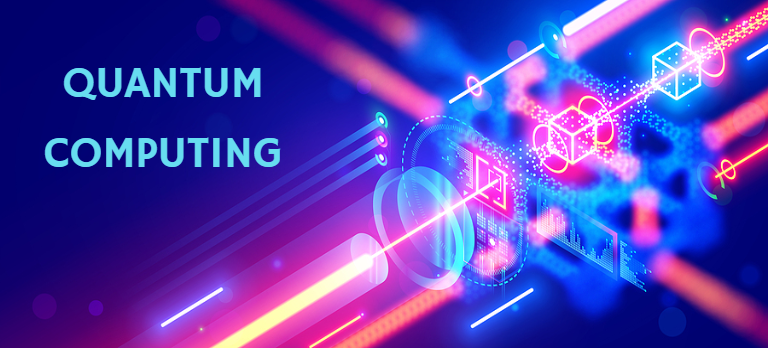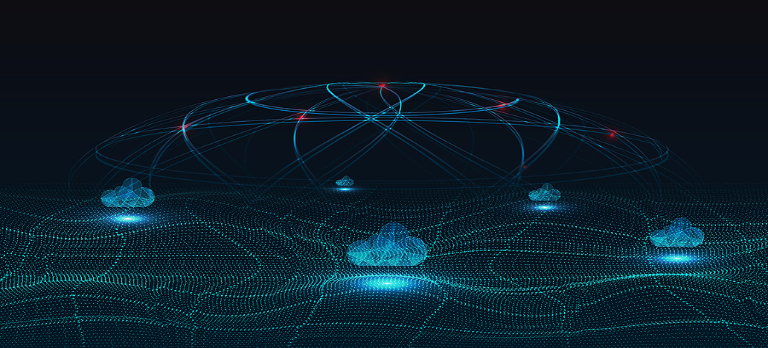Schools exist to equip people with the knowledge and skills needed to thrive in and contribute to society. In today’s world, that includes a deep technical acumen, so that they can use the many digital tools required in the modern workforce. Artificial Intelligence (AI) is being increasingly integrated into everyday work and life, making it essential for schools—from kindergarten to graduate programs—to integrate its use in their curriculum.
AI offers some key benefits to educators and students alike. It can be used to personalize learning experiences by analyzing each student’s strengths and weaknesses, developing content and feedback tailored to different learning styles. AI is also helping reduce administrative burdens by automating highly manual tasks like grading and scheduling, which frees up teachers to focus more on teaching. Additionally, helps teachers access and bring new resources to students, especially those in remote or underserved areas.
However, with all this good, there are also plenty of concerns and challenges posed by the increased availability and use of AI. Much of the discussion has focused on over-reliance on AI, and what this means for actual learning and the development of critical thinking skills. But there are some more nuanced challenges that are also arising from increased AI use.
“Proper” AI use
The Higher Education Policy Institute found 88% of students had used AI for their assignments. Ideally, this would mean they’d used AI as a search tool, and as a starting point for writing and formulating original thought—rather than simply cutting and pasting AI outputs and turning them in. However, research has found this is not always the case.
An investigation by The Guardian found that for the 2023-2024 school year, the incidence of cheating with AI came to 5.1 students out of every 1,000. This was a marked increase from 1.6 students per 1,000 in the 2022-2023 school year. Figures yet to be finalized and released show that number is likely to rise again for the 2024-2025 school year, potentially averaging 7.5 students out of every 1,000 using AI to cheat.
Combatting cheating and over-reliance on AI in education requires, well….education. Digital literacy is becoming a critical skill for students and educators. Without adequate training, both students and educators may struggle to navigate AI systems effectively. They will use outputs without verifying them, write prompts that do not provide the desired results, and experience stagnation in their learning and overall brain development. Educators must integrate digital literacy into lessons and assignments, both to ensure AI is used most effectively and that students are prepared for the technology they’ll encounter in the workplace.
Privacy and Security
Educational institutions, particularly K-12 schools, must comply with a number of specific regulations when it comes to child privacy and protection. The Children’s Internet Protection Act (CIPA) and the Family Educational Rights and Privacy Act (FERPA) ensure that children are not exposed to inappropriate content and that all of their personal information stays within school walls.
One of the current challenges with AI is a lack of transparency about how personal data is processed. Because AI needs large amounts of data to provide accurate outputs, capturing that data is frequently prioritized over data minimization (a key requirement of data protection and privacy laws globally), resulting in unauthorized processing of personal data. Schools must also monitor interactions with AI to ensure content is age-appropriate.
Environmental Impacts
While many universities tout their commitment to being or becoming carbon neutral, AI presents a challenge to maintaining those claims. The amount of energy needed to power AI computing is massive. Training the model GPT-3, used by OpenAI’s ChatGPT, requires the same amount of energy as an average U.S. household consumes over 120 years. Universities need to account for the amount of energy their research facilities and their student population are using AI, so that the institutions can understand how that energy consumption is impacting environmental goals.
Beyond abstract energy usage numbers, AI’s environmental impacts can be felt directly by communities. A data center project at the University of Michigan raised concerns among locals who questioned plans to use the water from the lake to cool down servers and machines. The university had to issue assurance that it would not draw water from the river or discharge into the river; rather, it stated that all cooling water would be purchased from water utilities, and that discharge would also be handled by water utilities.
To learn more about AI in education, check out these resources from GovWhitePapers and GovEvents:
- Securing the Future of Learning (white paper) – Educational institutions are balancing a complex mix of challenges—from protecting vast networks filled with sensitive data to adapting AI tools that can reshape learning and operations. With workforce shortages and evolving threats, schools and universities are being pushed to rethink how they teach, secure, and support their communities.
- Designing for Education with Artificial Intelligence: An Essential Guide for Developers (white paper) – Today and in the future, a growing array of AI models and capabilities will be incorporated into the products that specifically serve educational settings. The U.S. Department of Education is committed to encouraging innovative advances in educational technology to improve teaching and learning across the nation’s education systems, and to supporting developers as they create products and services using AI for the educational market.
- Leveraging Technology for Student Success: Lessons From the Field (white paper) – From personalized learning platforms to data-driven decision-making, educators are leveraging technology to enhance student outcomes and equity in education. This shift not only improves access to resources but also helps institutions identify and address challenges in real time. By embracing digital transformation, schools and universities can create a more inclusive and effective learning environment for all students.
- Empowering Education Leaders: A Toolkit for Safe, Ethical, and Equitable AI Integration (white paper) – The U.S. Department of Education is embracing the potential of educational technology to enhance teaching and learning nationwide. This commitment includes the thoughtful integration of AI, an area rich with opportunities and challenges. With input from educators, school leaders, and engaged community members, the Department’s latest toolkit aims to support a wide range of learning communities in using AI responsibly.
- EDUCAUSE Annual Conference 2025 (October 27-29, 2025; Nashville,TN) – Professionals and technology providers from around the world gather to network, share ideas, grow professionally, and discover solutions to today’s challenges. Learn about the latest trends in higher ed technology from experts and community peers.
- Learning Futures (various times and locations nationwide) – The Learning Counsel conducts national surveys on trends and issues, then tours the nation each year to brief educators and provide perspective on several discussion topics.
Search GovWhitePapers and GovEvents to find even more insights about AI in Education.










